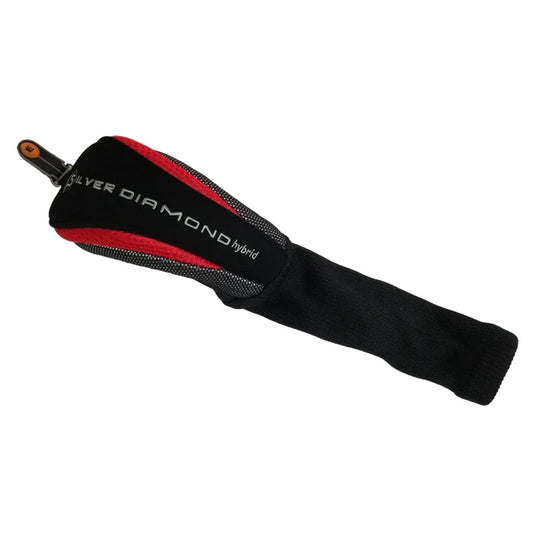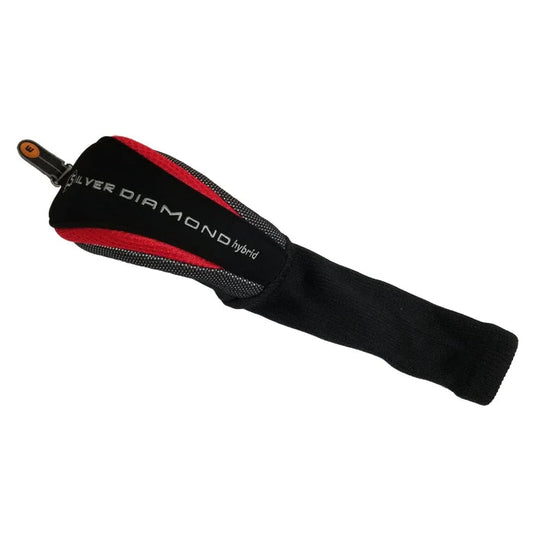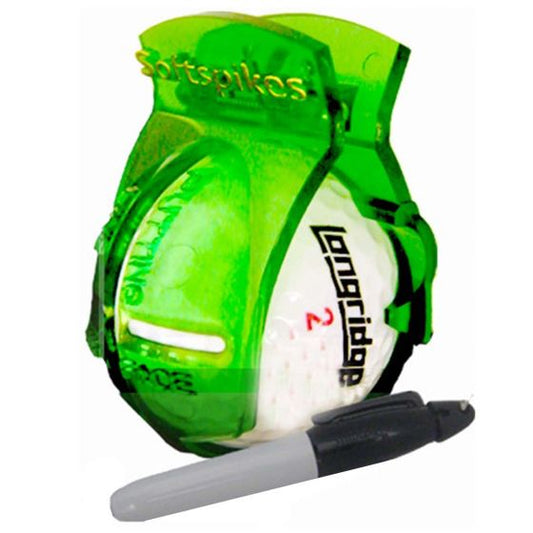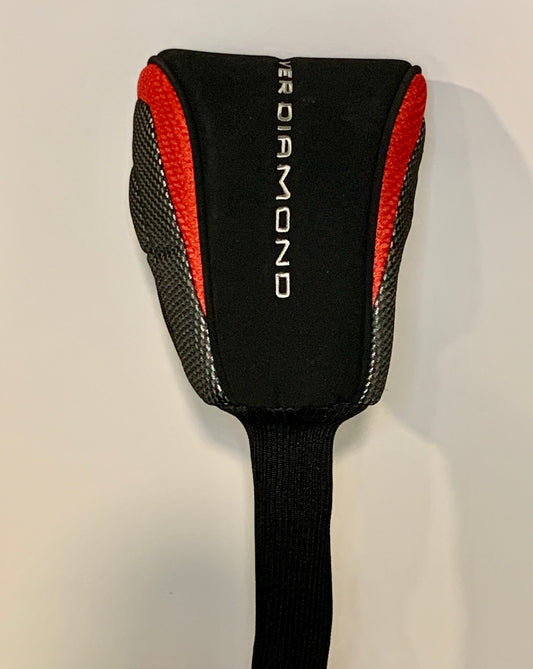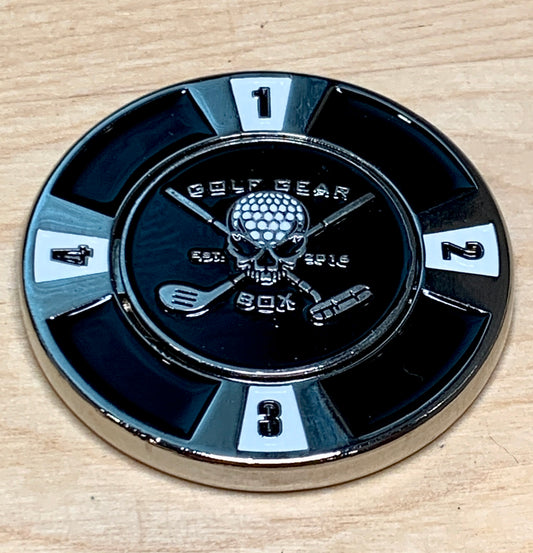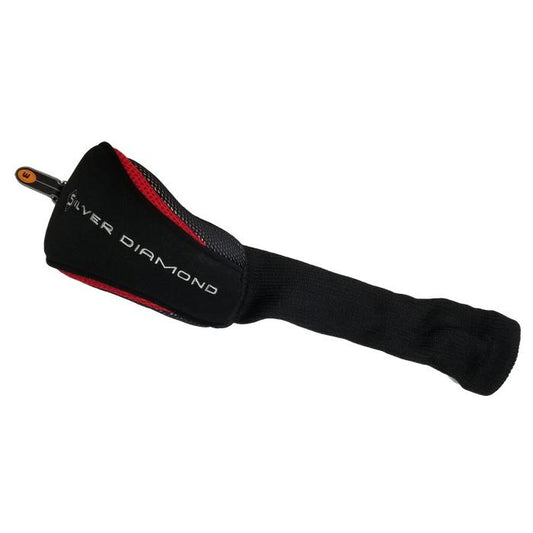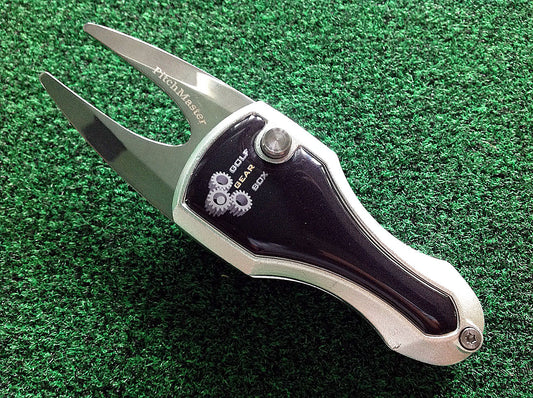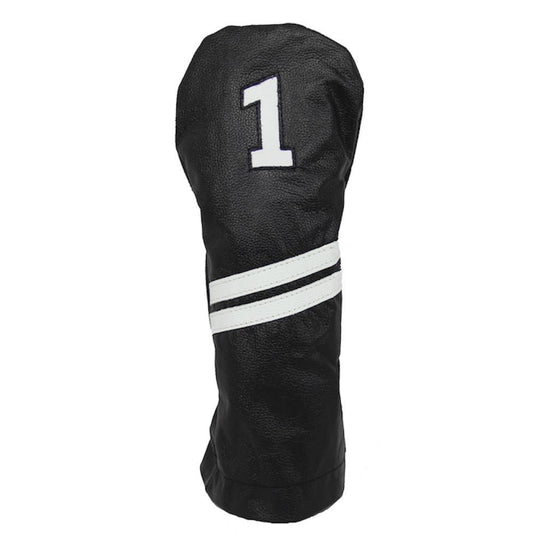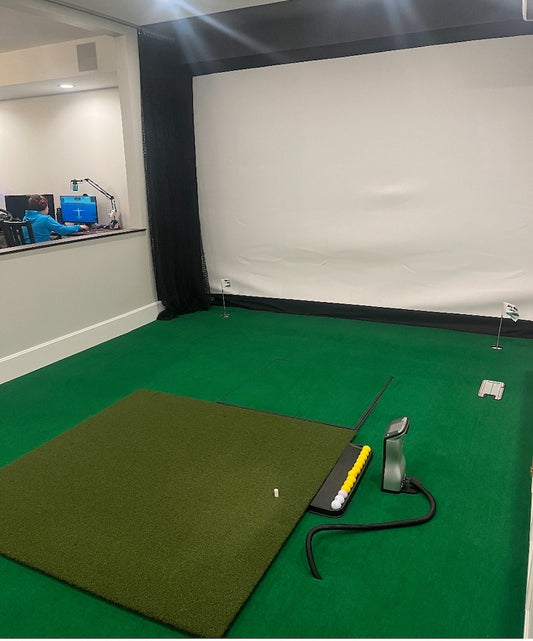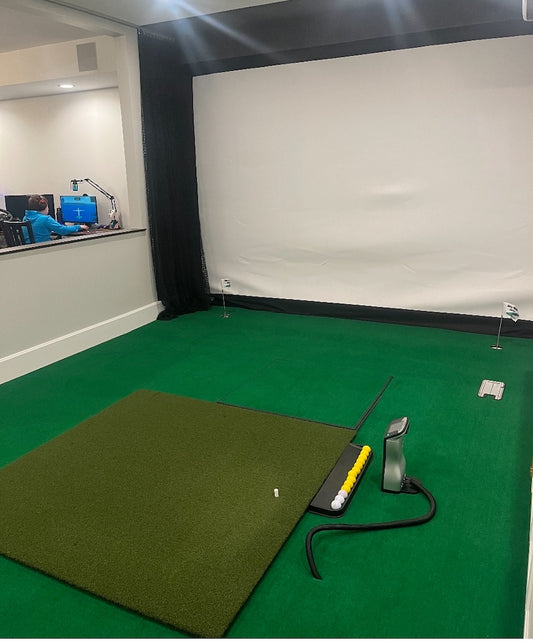The other day we scored a ticket to a golf course maintenance seminar at a private club in Greensboro, Georgia. The Creek Club is a private club within the resort community of Reynolds on Lake Oconee, formerly known as Reynolds Plantation.
Designed by Jim Engh, The Creek Club boasts a hilly layout stretching up to 7,079 yards from the back tees. Hoyt Ellspemann is the superintendent in charge of keeping those 7,000+ yards groomed and finely manicured. He and his colleagues provided an overview of the work that goes into maintaining this, and the other courses at Reynolds, and it was quite informative.
We all know that mowers get started early on golf courses, but there is a lot more to course maintenance than just showing up, jumping on a John Deere and plugging in your headphones for the day. Hoyt and his management team arrive anywhere between 4:30 AM and 6:00 AM, depending upon the time of year, and start their process for the day. Before their work crews get there, they are planning the height that the mowers will be set to on the fairways, rough and greens. Each mower is assigned to a worker with their assignment written on the mower and the height at which the blades will be set. Additionally, a mowing pattern for each part of the course and especially the greens is provided to each worker. Mowing patterns follow the hands on a clock so mowing may be at 2:00-8:00 or 6:00-12:00 to keep the grain of the grass from growing in one direction.

The crew leaders go over the day's on course maintenance activities
Mowers are what most golfers associate with course maintenance, but there are hundreds of decisions the need to be made by superintendents each day. Is the course too wet or too dry and what needs to be done to correct either variable? What will cart rules be for the day? Where will the pin placements be on each green? Based on course conditions what speed should the greens be set for the day? How high should the rough be cut? There are literally hundred's of decisions the super must make before a player steps foot on the course and that assumes there will be no weather changes throughout the day.
We got to see a plethora of mowers, rollers, blowers and, my personal favorite, the hover mowers, which are used to cut the grass on the steep embankments leading into the sand traps and other hilly areas on the course. Come to find that the hover mowers are the least favorite power tool by all of the workers as they are not easy to maneuver. And did I mention that the course is 7,000 yards of hills?! All told, there are close to 1,000 pieces of machiney that go into maintaining the courses at Reynolds.
With all of those power tools running 7/365, they need a lot of maintenance, and there are a number of full time mechanics on staff to keep the equipment in peak working order. Their shop spends a lot time doing general maintainence on the equipment, but keeping all of the blades on the mowers sharpened is a full-time job. We got to see all the different blades used for the different parts of the course. Asked how often they sharpen the equipment, it runs from daily to weekly, but nothing goes longer than 2-weeks before needing to be sharpened. Asked what causes the dulling of the blades and, believe it or not, the answer is us, the golfers.

Mower blades get sharpened in the shop
The next stop was the nursery and some instruction on how to properly cut a golf hole and how to fill the one from the previous day. We also learned how to help those mower blades stay sharper longer through proper management of divots. When greens are being cut down to 0.8 inches in height any imperfection in the green is bound to be caught by the mowers. That's why it's so important for golfers to properly fix their divots and tamp them flat with their putter so the greens don't get high and low spots. We got to see how to properly fix divots, and thank goodness my technique was spot on. (Shameless sales plug - if you need a new divot tool check out our store. ;) )

The proper way to cut a golf hole
One thing I was not doing correctly was fixing divots in the fairway. For years I have always held the bottle of sand/fertilizer mix that's attached to the cart well above the divot pouring it from about 2 feet in the air and overflowing the divot. WRONG! The reason those bottles have a curved spout is so that you can lay it down at the front edge of the divot and pull backwards so the mix stays in and fills the divot completely with limited overflow. Next, step on the mix lightly so that it limits high spots in the fairway that those mower blades can catch.
While this information maybe common knowledge to some, we found it eye opening and have a new profound respect for the number of decisions and work that go into keeping The Creek Club, and any golf course for that matter, in picturesque and playable condition. Now if we could only score a round of golf at the Creek Club!
